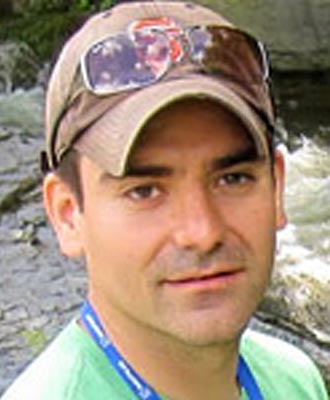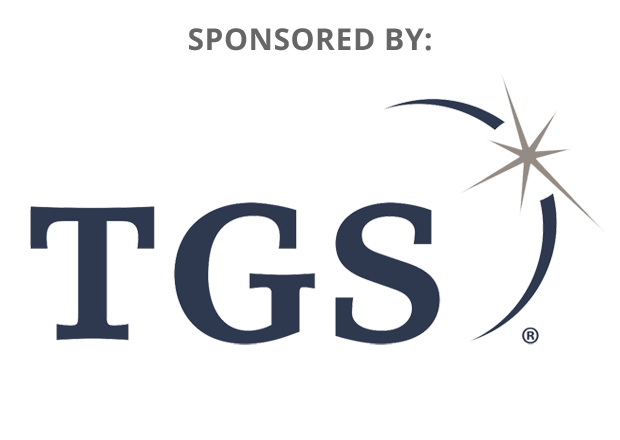Abstract
The geoscience community has been able to characterize the subsurface by integrating seismic, geologic and petrophysical data (amongst others) with increasingly higher degrees of accuracy. In addition, the detail of reservoir description has increased to where it is now common practice to estimate not only porosity and thickness but also provide estimates of stress, lithology, TOC and fractures as well as other “unconventional” properties/attributes. These unconventional attributes are an attempt to link the in-situ (or static) reservoir properties to reservoir performance (the dynamic reservoir) with various degrees of success. When poor correlations between the static reservoir properties and production occur, the first step is often to revisit the reservoir estimates. Yet with proper data acquisition and calibration to measured values (science pads for example) there is only so much variance that can be associated with in-situ estimates. That leaves characterizing the dynamic reservoir as the final fitting parameter. To that end, fracture and reservoir simulation programs have been designed to bridge the gap between reservoir property estimates and production.
The geotechnical objective is to map economic accumulations of hydrocarbon. In the conventional realm, identifying thick porous intervals achieved this goal. In the unconventional world, the problem has become much more complex and production variances do not linearly correspond to conventional reservoir parameters. To properly appreciate the difficulty of unconventional reservoirs, various methods are investigated to establish links between reservoir performance by integrating microseismic data along with a static reservoir model. Utilizing simple machine learning methods to combine surface and downhole seismic data and exploring novel avenues to characterize fracture half lengths and SRV, an inclusive model can be designed for proper asset development.
Biography
Marco Perez received his B.Sc. at McGill University before completing an M.Sc. in Geophysics at the University of Calgary. He started working at PanCanadian, later Encana, focusing on AVO, inversion and LMR analysis. After moving to Apache in 2007 Marco has continued to work with advanced geophysical techniques within the Exploration & Production Technology group. In 2016 Marco moved to Velvet Energy where he is currently the Manager Technical Specialist.






